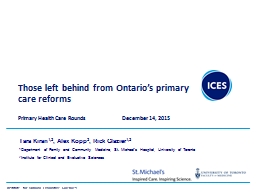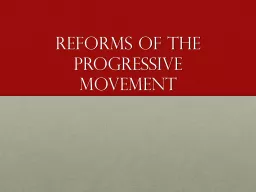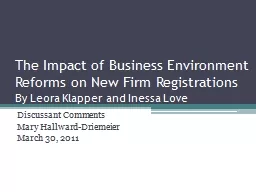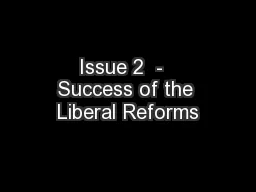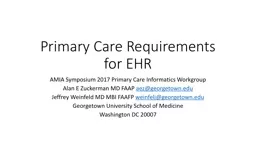PPT-Those left behind from Ontario’s primary care reforms
Author : joanne | Published Date : 2024-02-03
Primary Health Care Rounds December 14 2015 Tara Kiran 12 Alex Kopp 2 Rick Glazier 12 1 Department of Family and Community Medicine St Michaels Hospital University
Presentation Embed Code
Download Presentation
Download Presentation The PPT/PDF document "Those left behind from Ontario’s prima..." is the property of its rightful owner. Permission is granted to download and print the materials on this website for personal, non-commercial use only, and to display it on your personal computer provided you do not modify the materials and that you retain all copyright notices contained in the materials. By downloading content from our website, you accept the terms of this agreement.
Those left behind from Ontario’s primary care reforms: Transcript
Download Rules Of Document
"Those left behind from Ontario’s primary care reforms"The content belongs to its owner. You may download and print it for personal use, without modification, and keep all copyright notices. By downloading, you agree to these terms.
Related Documents

